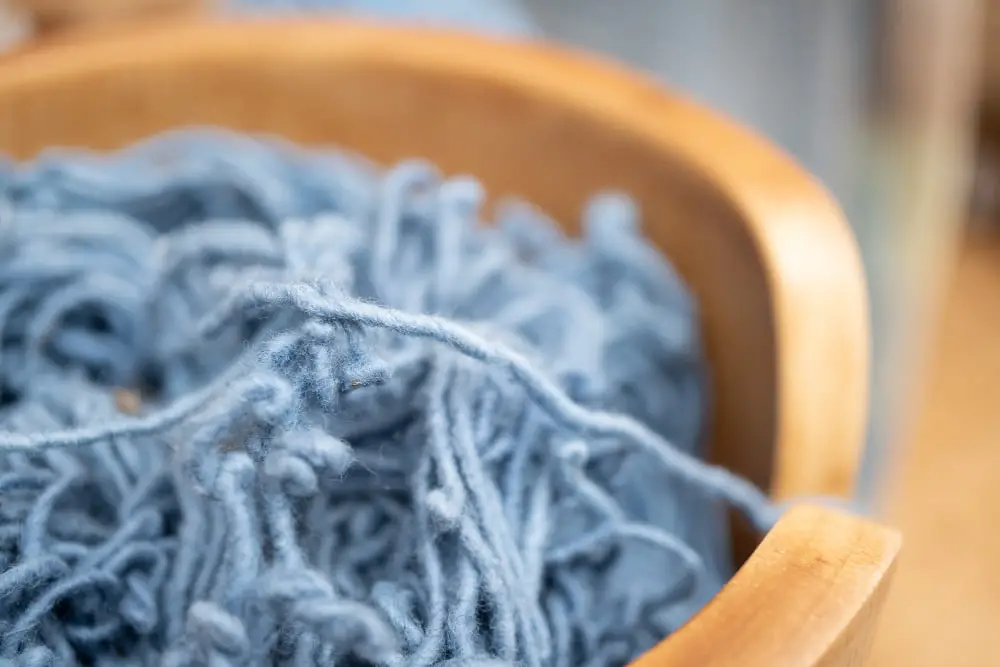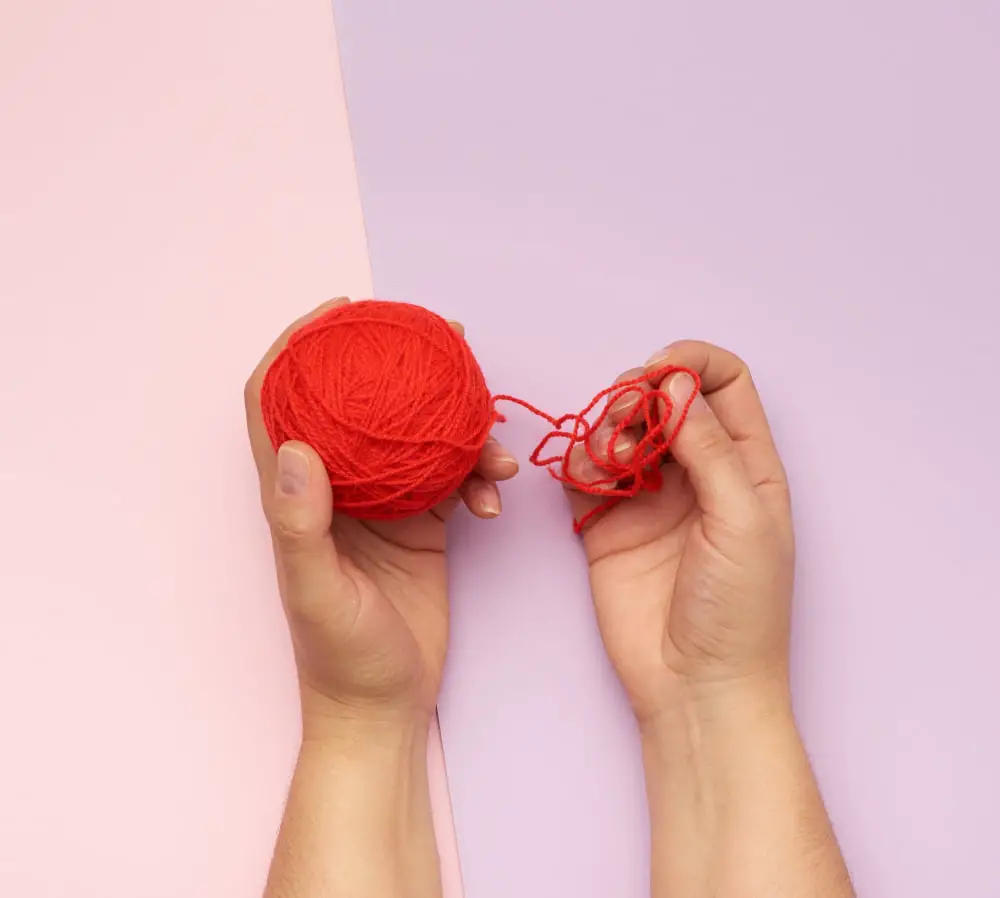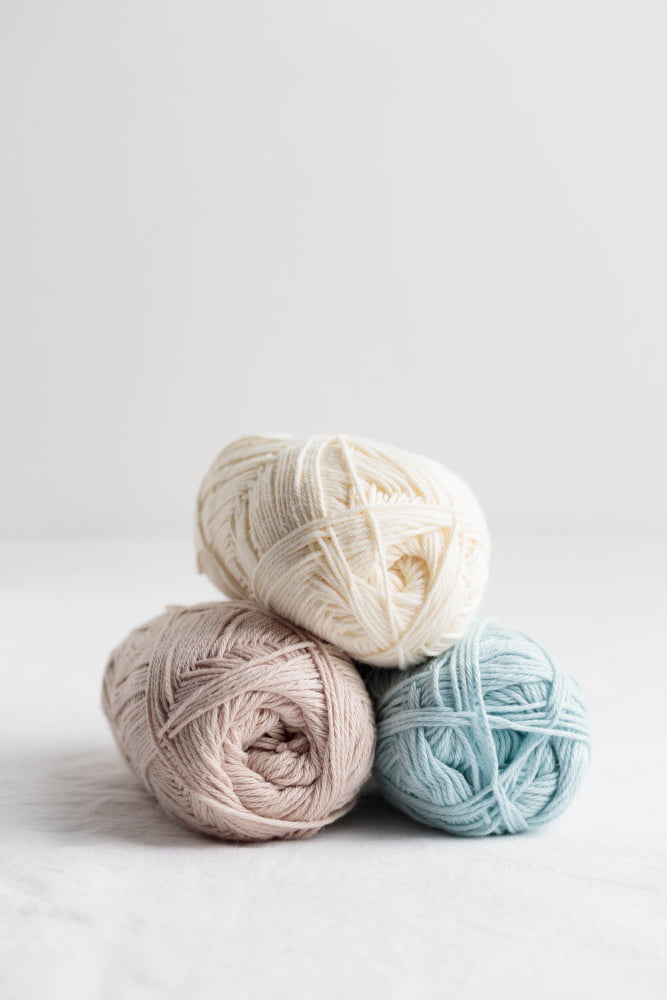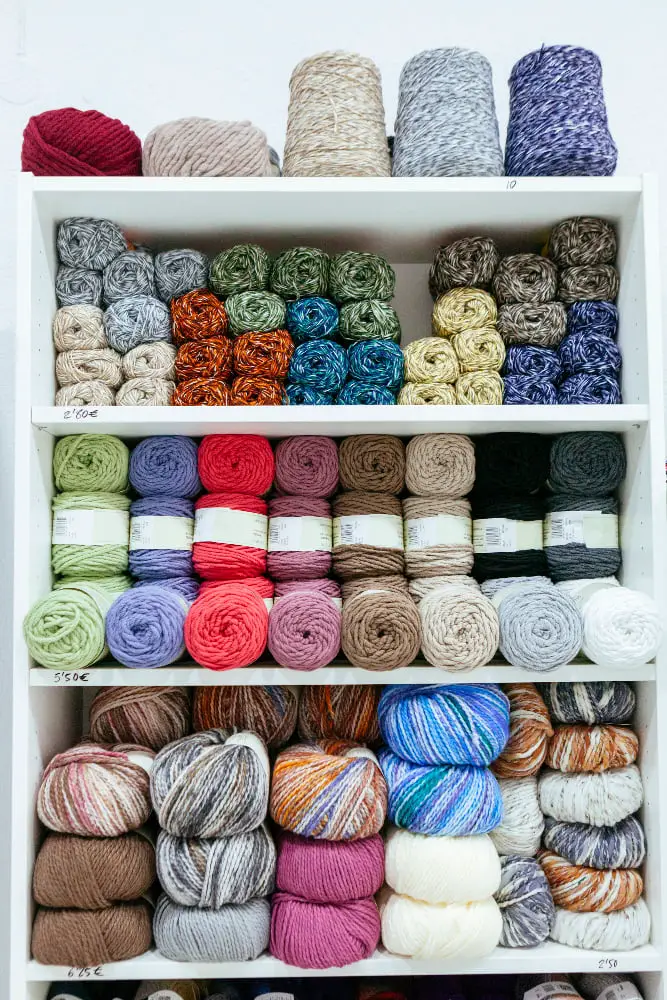Keeping yarn balls from unraveling is vital in maintaining the tidiness and organization of your knitting materials because no one wants to spend precious crafting time detangling a mess of yarn strands.
Keeping yarn balls from unraveling can be a real challenge, especially when you’re in the middle of a knitting or crocheting project. The good news is that there are several tried-and-true methods to keep your yarn balls tidy and prevent them from turning into a tangled mess.
These techniques range from using household items like clothespins and hair clips to more specialized tools like yarn bowls and dispensers.
Stick around to learn the ins and outs of each method, and discover which one suits your crafting style the best.
Key takeaways:
- Tangle-free storage preserves yarn quality and saves time.
- Use tools like yarn bowls, ziplock bags, and skein savers.
- Create skein savers by feeding yarn through a small hole.
- Use skein savers to keep yarn tangle-free during crafting.
- Record yarn information for future reference and organization.
Understanding the Need for Tangle-Free Storage

Tangle-free storage helps preserve the quality of the yarn, preventing it from knotting and fraying.
Mismanaged yarn can lead to considerable waste, especially when tangles turn into stubborn knots that are impossible to undo.
Moreover, intricate crochet and knitting projects may require multiple skeins.
Organized storage allows for quick accessibility, saving valuable time spent on searching for the right color, texture, or thickness among a heap of jumbled yarn balls.
Lastly, the joy of yarn crafting comes from its rhythmic and relaxing nature.
A well-planned tangle-free storage system contributes to a smooth crafting experience, eliminating the stress of untangling a chaotic yarn mess.
Identifying Appropriate Tools for Yarn Storage

For effective yarn storage, several tools can come to the rescue. First, consider yarn bowls or yarn tainers which are specially designed to keep yarn tidy, and allow the yarn to unravel smoothly as you work.
Secondly, ziplock bags, while not specifically designed for yarn, can play a crucial role. Transparent bags allow you to see the yarn’s color and amount left without opening. You can also make a small hole in the bag’s corner, pull the yarn through, and zip up the rest.
Finally, to maintain yarn balls’ integrity, skein savers or yarn bands are available on the market. These bands snugly hug the yarn keeping it tight and preventing it from unwinding. If commercial yarn bands are not available, simple household items like hair ties or elastic bands can do the trick.
Explaining the Steps to Make Skein Savers

First, select a durable, washable material such as a resealable bag or a custom knit/crochet pouch to house your skein. The chosen container should be larger than your yarn ball to allow the yarn to unwind smoothly.
Secondly, feed the yarn end – commonly referred to as the ‘working end’- through a small hole. This can be a hole in the bag ziplock or a snug eyelet in your handmade pouch. The aim is to have a steadfast point from which the yarn can free-run without the ball rolling about.
At this point, make sure to gently squeeze out as much air as possible before sealing. An inflated yarn container can be bulky and might disrupt an even yarn pull.
That’s it! You’ve now created a functional skein saver that keeps your yarn clean, tangle-free, and ready to use anytime.
Guiding On How to Use Skein Savers

Understanding how to use skein savers effectively is crucial in managing the chaos that can often stem from uncoordinated yarn storage. Initially, gently insert the loose end of your yarn (usually found in the center of the skein) into the hole at the top of the skein saver. Following this, pull the end through slightly so it’s easy to access when you’re ready to use it.
Remember to adjust the skein saver around the yarn, ensuring a snug fit. If your skein is large, you might have to do a bit of folding and squishing to get the saver around it. This may initially feel strange, but rest assured that it won’t damage the yarn in any way.
With your yarn snugly in the skein saver, it’s ready to be used whenever you need it. There’s no need to worry about the rest of the skein unfurling or tangling; the skein saver will keep everything in check. Plus, its design allows the yarn to flow freely when you pull on the exposed end, making your crafting time stress-free.
Recording Yarn Information: Why and How

Maintaining a record of your yarn specifics can come in handy for future projects. Taking note of the color, brand, fiber content, and dye lot will facilitate replicating or coordinating projects later on. Here’s how.
1. Use the yarn label: It’s the primary resource for yarn specifics. Keep it in a labeled ziplock bag for easy reference.
2. Create a yarn swatch: Knit or crochet a small square with the yarn, make a note of the tension and the size of needles or hooks you used. This can act as a quick reference guide for future projects.
3. Digitalize: Photograph your yarn and upload the images along with your notes on an app like Ravelry or use a simple spreadsheet.
4. Yarn cards: Make small cards with yarn details and wind a bit of the yarn around each card.
These methods ensure that critical information related to your yarn isn’t lost, empowering a smoother crafting process.
Assessing the Effectiveness of Your Storage System

Major indicators show whether your storage solution is working optimally. Firstly, check if your balls of yarn are easily accessible and not tangled when you retrieve them. Secondly, observe if your yarn maintains its quality over time – a proper storage system should not allow your yarn to pill, fade or become dusty.
Regularly inspecting your yarn for these signs can aid in identifying and rectifying those issues before they escalate. Also, keep track of whether you’re using the stored yarn. If there’s yarn that’s been stored for a long period without use, maybe it’s time to reevaluate its need, donate or sell it to ensure a more efficient and useful yarn storage system.
Remember, the aim is to create a system that keeps your yarn safe, accessible, and reduces waste. A properly organized yarn storage system can notably improve your crocheting and knitting experience. Additionally, it allows you to track your yarn resources and can save you money in the long run by avoiding unnecessary purchases.
Steps to Determine How Much Yarn Is Left

Firstly, weigh your yarn ball with a kitchen scale. Take note of the initial weight recorded. Second, subtract the weight of the yarn after crocheting or knitting from its initial weight. This gives you the exact weight of how much yarn you’ve used.
Third, keep in mind, yarn labels usually provide information on the length of yarn in relation to its weight. Use this ratio to estimate the length of yarn that is remaining.
Finally, if possible, use knitting or crochet project calculators available online to help determine how much yarn might be required for future projects.
FAQ
Why does my yarn unravel when I crochet?
Your yarn may unravel while crocheting due to working against the direction of the yarn twist, which can be resolved by using the opposite end of the yarn to crochet in the same direction as the twist.
How do you keep yarn in place when crocheting?
To keep your yarn in place when crocheting, put your thumb and index finger inside the skein, pinch the bunch of yarn, pull it outside, locate the yarn end in the bunch, and begin crocheting while keeping the label on.
Why is my yarn coming apart when crocheting?
Yarn splits during crocheting generally occur when the crochet hook is not positioned correctly, causing it to snag the working yarn especially during a yarn over.
What are some effective techniques to prevent yarn tangling during crocheting?
Effective techniques to prevent yarn tangling during crocheting include using a yarn bowl to hold the yarn, unrolling the yarn skein before starting to crochet, and ensuring your yarn is wound correctly.
How does the quality of yarn impact its propensity to unravel during knitting?
The quality of yarn significantly influences its propensity to unravel during knitting, as higher-quality yarns usually have a tighter twist and better ply, which reduces the chances of fraying or unraveling.
What tools can be used to maintain yarn stability while working on yarn crafts?
To maintain yarn stability while working on crafts, tools such as yarn bowls, swifts, winders, or tension guides can be used.





